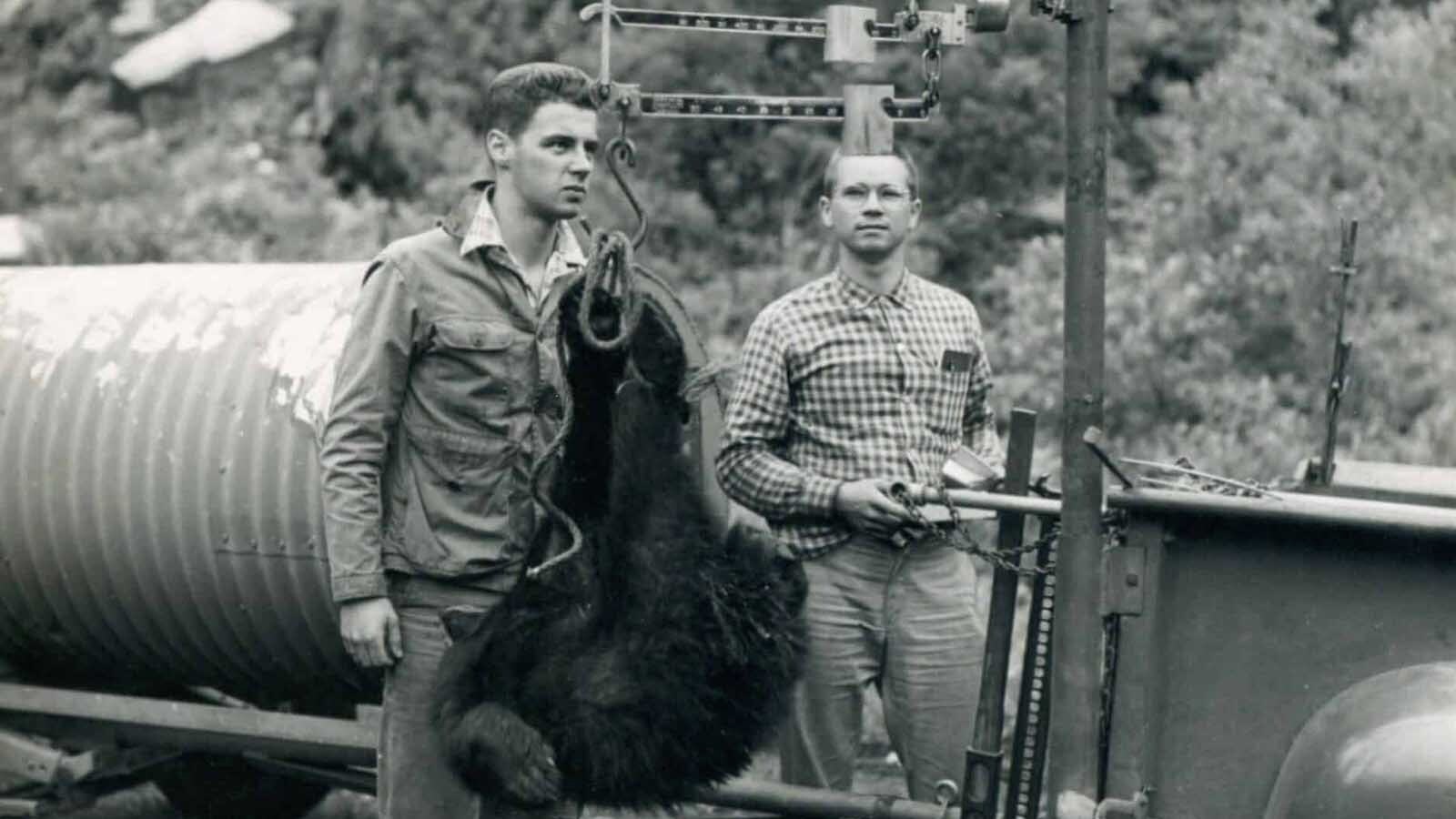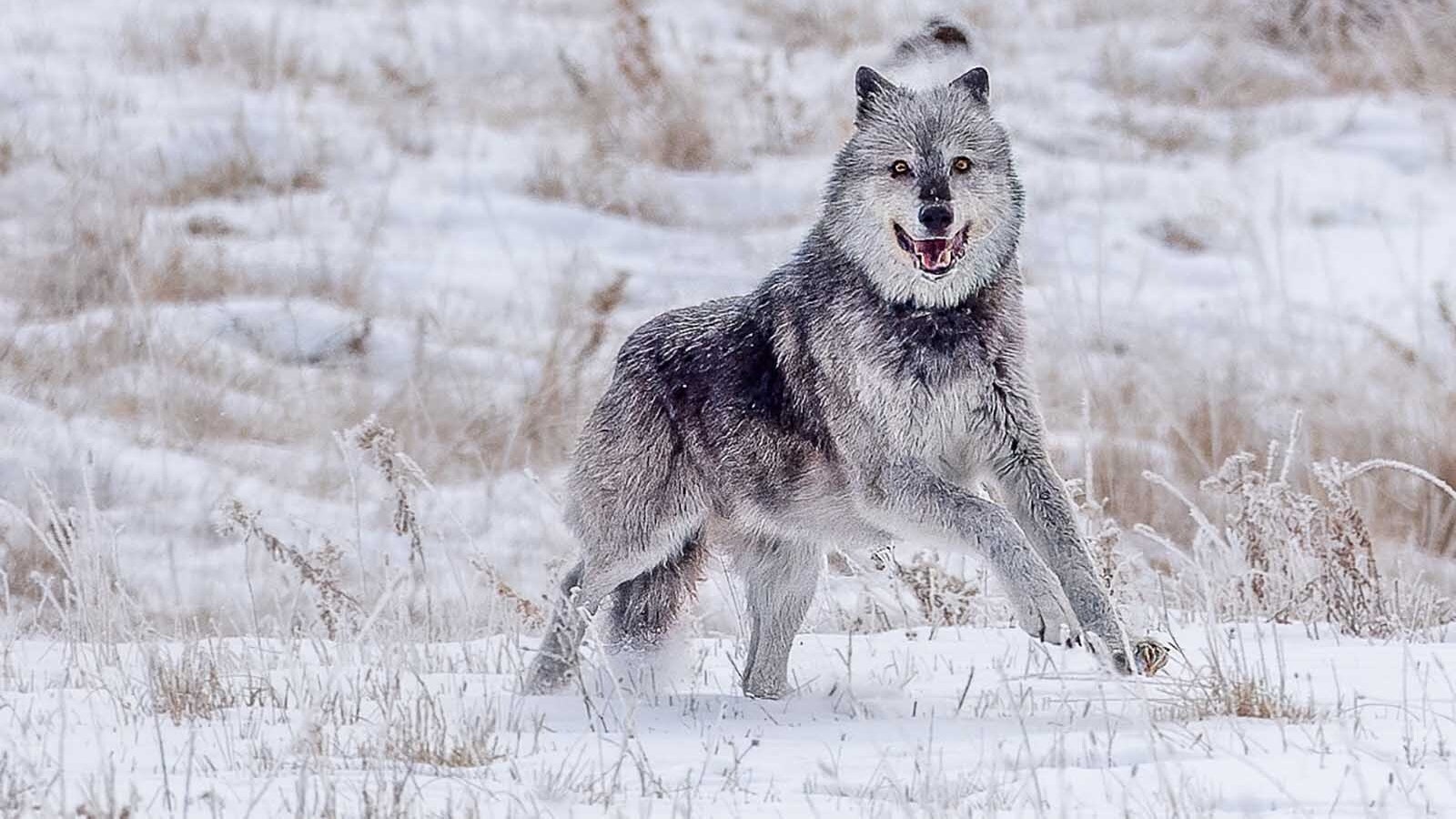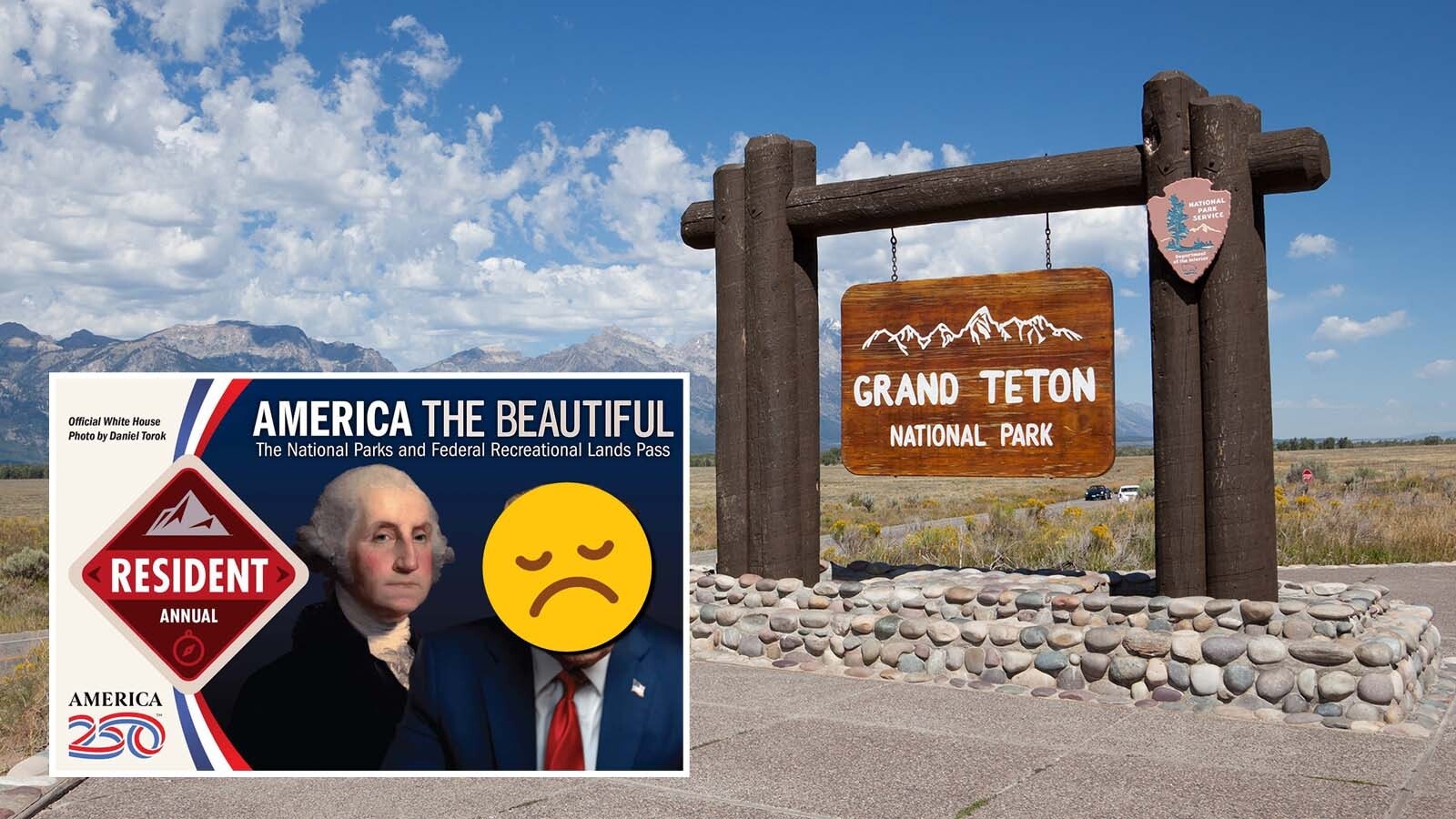As the public grapples with Grizzly 399’s sudden death there is an ongoing discussion about how “the Queen of the Tetons” should enter the afterlife.
The U.S. Fish and Wildlife Service (USFWS) confirmed that Grizzly 399’s body was recovered “in decent shape.” The body is being kept at an unknown location until a decision is made about what to do with it.
“We've been hearing from many people with thoughts and requests on how to handle her body,” Hilary Cooley, the USFWS grizzly recovery coordinator, told Cowboy State Daily in an email. “No decisions have been made yet.”
The famous grizzly could end up mounted in a museum or visitor center in Grand Teton National Park. Still, she might also be beheaded, declawed and dumped in an unknown location, another form of grizzly disposal.
The discourse on social media is turning toward another option: cremating Grizzly 399 and scattering her ashes in her home. But could a 400-pound grizzly be cremated?
Easily, according to Paul Davis, the owner of Yellowstone Pet Cremations in Powell.
“Grizzly 399 is welcome to come here,” Davis told Cowboy State Daily. “We would love to be part of that end-of-life procedure with her.”
Very Capable
Yellowstone Pet Cremations offers pet cremations in the Bighorn Basin with a 650-pound capacity crematory. Davis can cremate everything from house cats and hamsters to horses, usually within three hours at 1,400 degrees.
“We've done probably a dozen full-size quarter horses,” he said. “Goats, miniature ponies, things like that.”
Davis advocates for horse cremation, seeing it as a better way to ensure a dignified disposal for a beast of burden without some of the unintended consequences.
“The main reason people euthanize a large animal, like a horse, is because throwing it away or disposing of it at the dump is not the proper death for one of your good buddies that you've had with you for 25 years,” he said.
“Veterinarians use a large amount of drugs when they kill a horse. When a euthanized animal is disposed of improperly, coyotes, foxes, eagles, hawks, owls, and anything that would eat on that carcass are now subject to the euthanasia drug that the veterinarian used.”
Euthanasia drugs wouldn’t be an issue for Grizzly 399. She was hit by a Subaru in the Snake River Canyon Tuesday night and is believed to have died almost immediately.
Davis has also worked with the USFWS to dispose of the remains of protected species.
“I've done bald eagles for USFWS,” he said. “About a year ago, we were losing some eagles from a bird disease, so I cremated some dead eagles. We haven’t been approached about doing a grizzly before, but we think it’s a great idea, and we can do it.”

No Trophies
The USFWS stated Thursday that no decision had been made about what to do with Grizzly 399’s body. If they decide on cremation, Davis is ready to provide the service for the legendary bear.
“We have never been approached about doing a grizzly before,” he said, “but we think it’s a great idea, and we can do it.”
Grizzly 399 wouldn’t be the biggest animal Davis has cremated at Yellowstone Pet Cremations, but it would be different from the horses and other large animals he’s worked with.
“A full-size, thousand-pound quarter horse leaves about 30-40 pounds of ashes,” he said. “The urn that we use is a five-gallon bucket. A grizzly would be different. A horse is very lean with large muscles and bones, while a bear has a lot of fat, and fat doesn't leave ashes like muscle does. I have an urn that could hold 399’s ashes, but it wouldn’t be as big as you might think.”
Davis assured that Grizzly 399’s body would be handled with the utmost dignity. That’s partially out of respect for “the Queen of the Tetons” and the deference required when working with an endangered species.
“Nobody’s bringing a dead endangered species to me,” he said. “I won't take that liability. But with a game warden or a US Fish and Wildlife Service employee present, we will put the bear into my crematorium, turn it on, and stand there. I can lock it and hand them the key. I can do anything to ensure that an endangered species is handled properly.”
The same professionalism would apply to any grizzly, even one partially dismembered by USFWS. Grizzly carcasses are often dismembered to ensure skulls, teeth, and claws don’t end up on the black market.
Davis knows many people are concerned about what will happen to Grizzly 399’s body. If she should arrive at his crematorium, she would be cremated as she is without any disturbances or what many would consider “desecration.”
“There's always a chance that somebody will say, “You'll take the claws out while the game warden stands here. No. They can remove the paws and the skull and set them all inside the crematorium and lock it, or I can do those separately.”
A Permanent Impression
There is one post-mortem opportunity Davis would like to provide if he was asked to cremate Grizzly 399. One permanent but unobtrusive way to memorialize the grizzly is a service he offers for many mourning pet owners: a paw print.
“We put ink on the paw pads and press them down into clay,” he said. “What you end up with is a black impression on the clay. I haven't seen 399’s foot, but I imagine a ten-inch circle would cover it.”
Davis sees this as a potentially lucrative opportunity for grizzly conservation and a way for Grizzly 399 to continue ensuring the survival of her species long after her death.
Given Grizzly 399’s international reputation as an inspirational animaland an icon of Grand Teton National Park and the Greater Yellowstone Ecosystem, her final paw print could be a conservation goldmine.
“If you could sell Grizzly 399’s paw prints for $10 a piece, all the money could go to some kind of grizzly bear foundation or something,” he said. “The money raised could be used for grizzly recovery.”
Paw prints would also easily cover the cost of the cremation. Davis said he’d charge $1,200 for Grizzly 399’s cremation, the same rate for any large animal at Yellowstone Pet Cremations.
No Recovery
Davis hasn’t been approached by USFWS about cremating Grizzly 399 or any other grizzly. Still, he extended an open invitation to provide the service for the “Queen of the Tetons” and any other grizzly in the future.
“I would enjoy doing it,” he said. “I see it as a service to our community because those are our bears. Tourists see them once a year, but we live with them. They’re in our backyards.”
There are also more options than one might think post-cremation. While many people want Grizzly 399’s ashes scattered near her “home range” along Pilgrim Creek, Davis suggested plenty of other ways Grizzly 399 could inspire and impact through cremation.
“You could distribute the ashes into four different urns and give them to each of the counties she visited,” he said. “One in Idaho, one at Jackson, one at the Indian Center in Riverton, another one at the Buffalo Bill Center of the West in Cody. You could display an urn with her picture. I don’t think that’s what most people want, but it’s an option.”
Nevertheless, Davis had one word of warning about cremation – once it’s done, there’s nothing left but ashes. Every trace of Grizzly 399 would be gone forever.
“From the moment I’m told to turn it on, there's no recovery,” he said. “I say that because I know a lot of people go home and then call me later and say, ‘Hey, I rethought it, and I want one of these.’ You can't have a clay paw print once I put it in my system. All impressions, tracks, clay paw prints, and pieces of fur. Everything is gone.”
Andrew Rossi can be reached at arossi@cowboystatedaily.com.





